
By Beverly Jenkins
<[email protected]>
While January represents a new year and a period of starting over for many people, the 2009 year also represents a major movement in the astronomical field. Hosted by the International Astronomical Union (IAU) and the United Nations Educational, Scientific, and Cultural Organization (UNESCO), this year is also the first International Year of Astronomy (IYA2009).
“The International Year of Astronomy is a celebration of the telescope,” Keith Turner, astronomy teacher and planetarium director, said. “It was the greatest breakthrough in astronomy.”
In the year 1609, Galileo Galilei was the first person to use the telescope to look at a celestial body, the moon. Now, 400 years later, the IYA2009 celebrates and commemorates both Galileo and the telescope itself, for without this invention, the astronomical field would be almost nonexistent.
Junior Zachariah “Zach” Conrad, who also helps construct the planetarium shows that this school hosts, said, “We would never have gotten this far without eyes into space. We would have no concept of how big the universe really is and how small we really are. (The Hubble Space Telescope) is so popular because there is no atmosphere to distort the images it takes. Without the telescope, we’d have no idea of our place in the universe. It’s ours to discover.”
Since the invention of the first telescope, it has constantly been under construction. Now, astronomers can look through extremely powerful telescopes such as the Hubble, which Turner describes as “humanity’s window;” the Spitzer, which takes images on an infrared scale; and the Chandra, which takes X-ray images.
Despite 400 years of astronomical progress, there are still of course many questions left unanswered. “Two of the biggest questions we have yet to answer are ‘What is dark matter?’ and ‘What is dark energy?’ which is more exotic of the two,” Turner said. “I believe we will find answers to those questions fairly soon.”
Worldwide, astronomers are working hard to promote an interest in the field by hosting planetarium shows, lectures and star-gazing parties, which the astronomy department here hopes to emulate.
“There is international cooperation planning different events around the world in an effort to raise educational awareness of astronomy,” Conrad said.
It is no different locally, according to Conrad. The Indiana Astronomical Society is hard at work obtaining speakers and hosting events, as well. Even within the school, those interested are working on planetarium shows throughout the school year on a regular basis.
While it’s nothing new that the planetarium is known for hosting six or seven shows per school year, something that is unique to this planetarium among others is that it has been selected to participate in the February 2009 Great Observatories International Year of Astronomy Image Unveiling.
Among other things, the planetarium will be unveiling two never-before-seen prints of the galaxy Messier 101, which were obtained by three of the most powerful telescopes in the world: the Hubble, the Chandra and the Spitzer. The images will be public on Feb. 28.
In addition to revealing the images, Conrad also hopes there will be more shows to host, and he hopes that there might be a program of awareness about the IYA2009.
The planetarium staff is busy at work currently. As well as revealing the images and planning more planetarium presentations, there is also a planetarium show to be held tomorrow at 7 p.m. and at 8 p.m. Each show should last about 35 minutes. Tickets are still on sale in the bookstore, and they can also be purchased at the door.
Called “Destination: Pluto,” the Paulucci Space Theater out of Minnesota gave the slides and audio to this school’s planetarium, and the editing and arrangements have been made exclusively by Conrad and junior Meera Chander.
According to Conrad, the two have been hard at work on the project since March of last year, and it will work as an imaginary journey through each planet, stopping at Pluto, when both Conrad and Chander will discuss the history of Pluto, why it is no longer a planet and even the outer regions beyond it.
Turner also mentioned that here in this planetarium, there is work on another presentation, including everything from the visuals to the music, called “Two Small Pieces of Glass,” which will commemorate the telescope.
“I hope (IYA2009) will be an option for all ages to learn about and form an interest in astronomy and that they will continue learning in the field,” Conrad said. “That way, everyone can find some understanding of what the universe really is.”
Turner said that by spreading the word of the IYA, astronomers everywhere are hoping to see an increased interest in the field.
In addition, Turner said, “For people like me who are so passionate about astronomy, it’s like saying ‘Look at this; how could you live without this?’”



















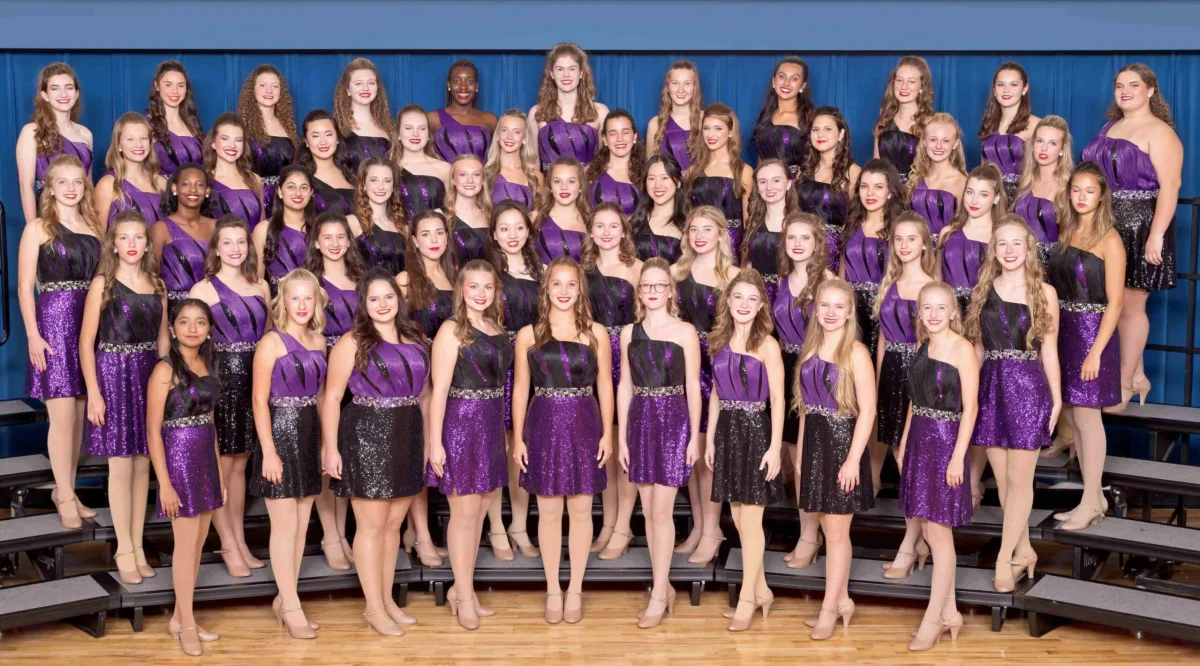


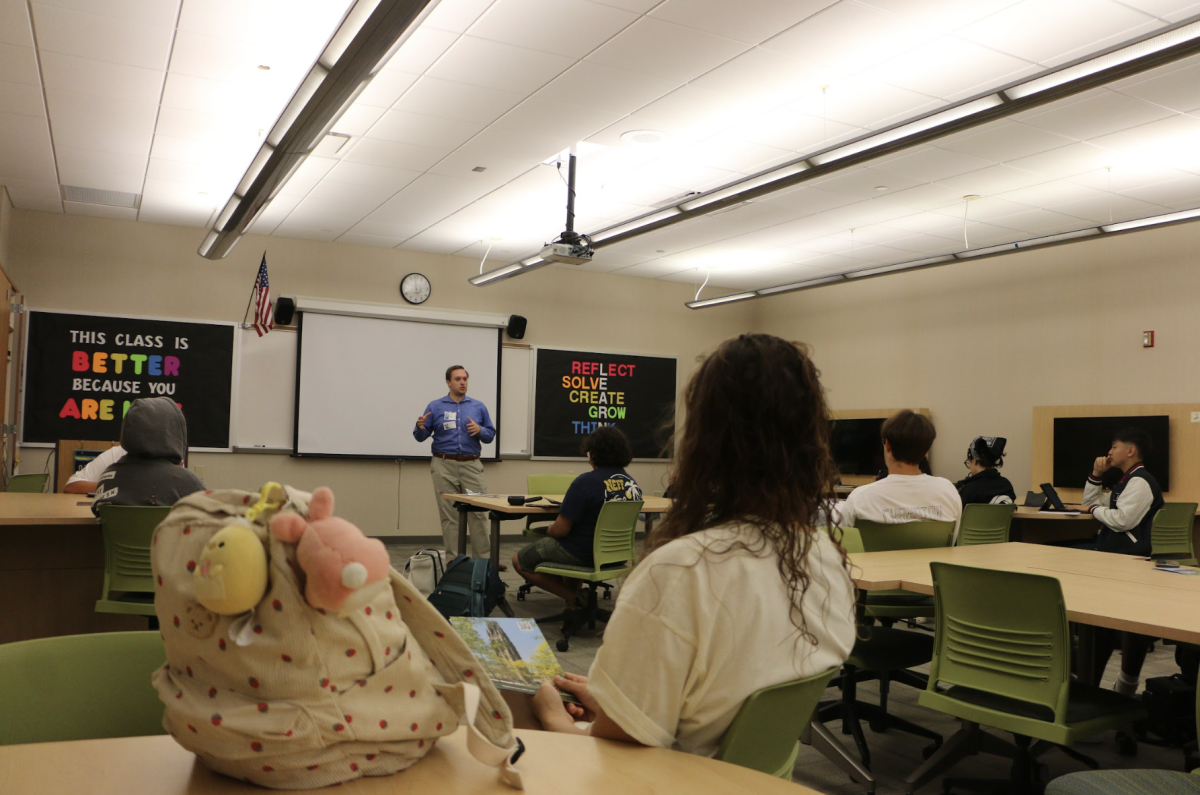
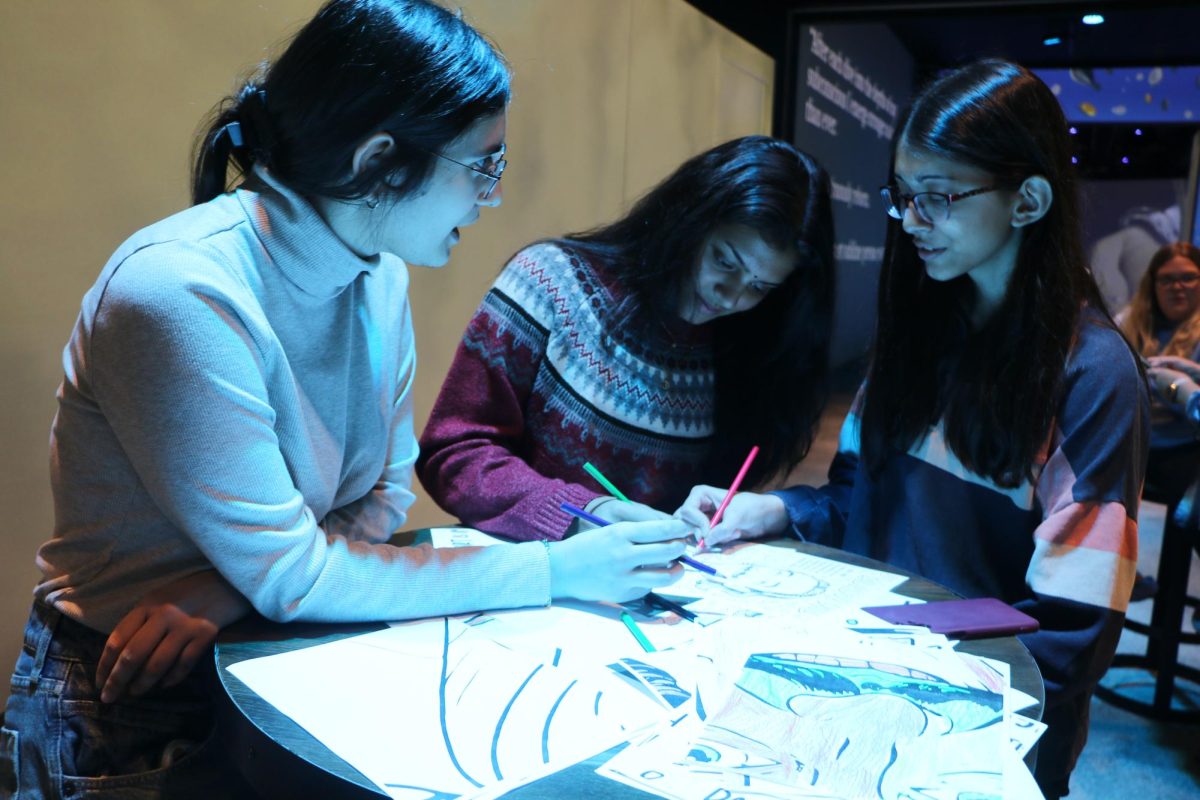

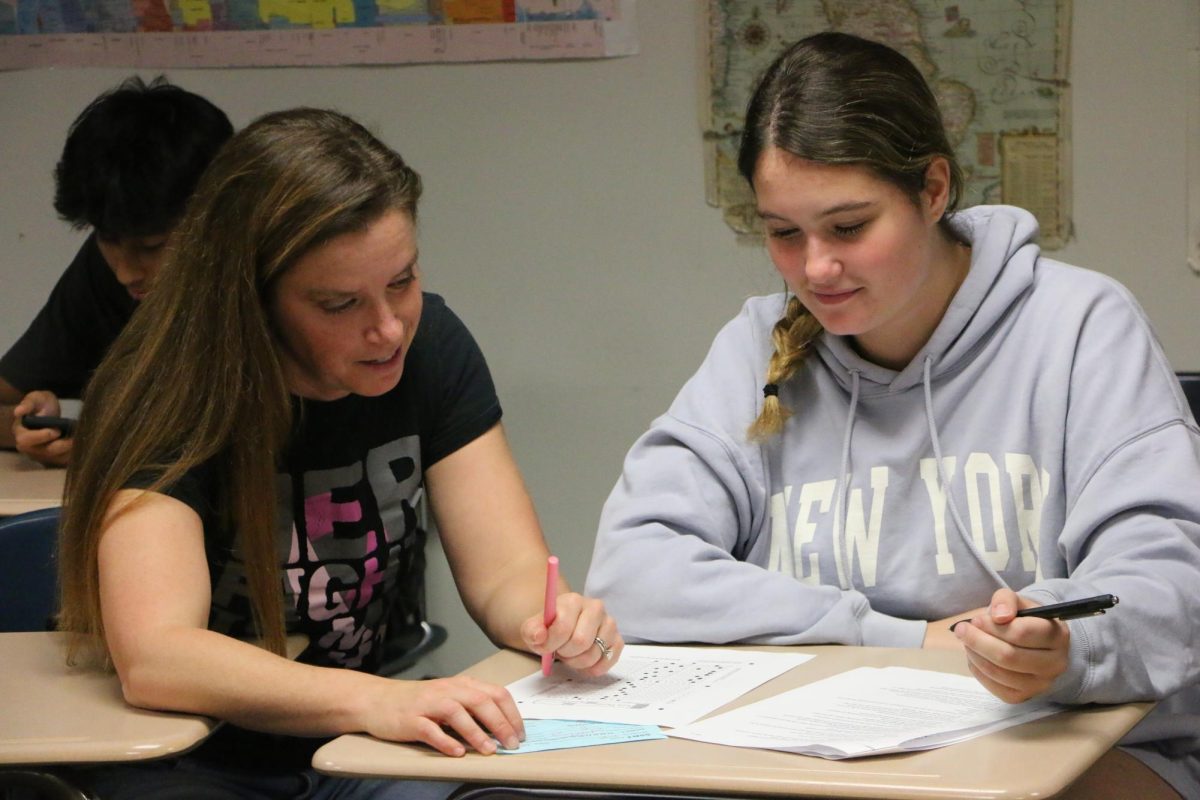





!["Wicked" poster controversy sparks a debate about the importance of accuracy versus artistic freedom [opinion]](https://hilite.org/wp-content/uploads/2024/11/riva-perspective-cover-1200x471.jpg)


![Chilling or Childish? The downfall of modern horror movies [opinion]](https://hilite.org/wp-content/uploads/2024/10/adjusted-horror-cover-1200x471.jpg)
![“Uglies” is a call for change in the YA dystopian genre [opinion]](https://hilite.org/wp-content/uploads/2024/10/Perspectives-Cover-1200x471.jpg)


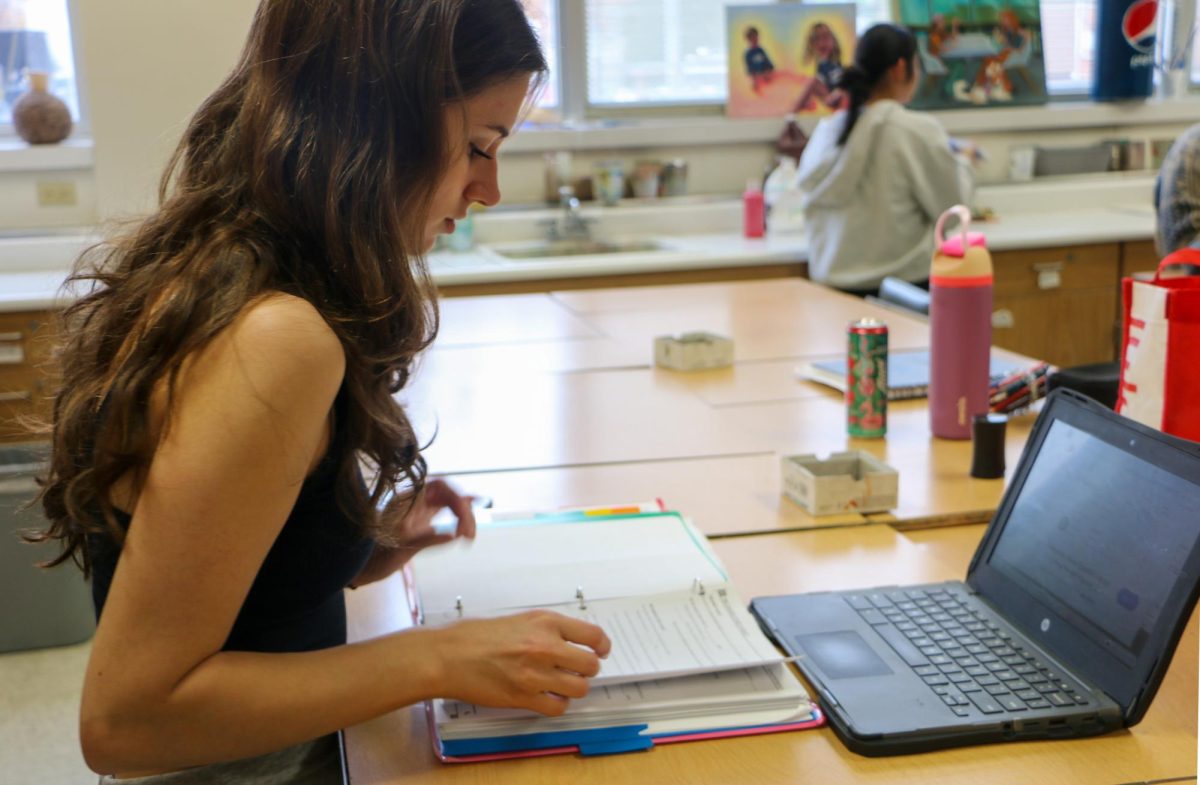

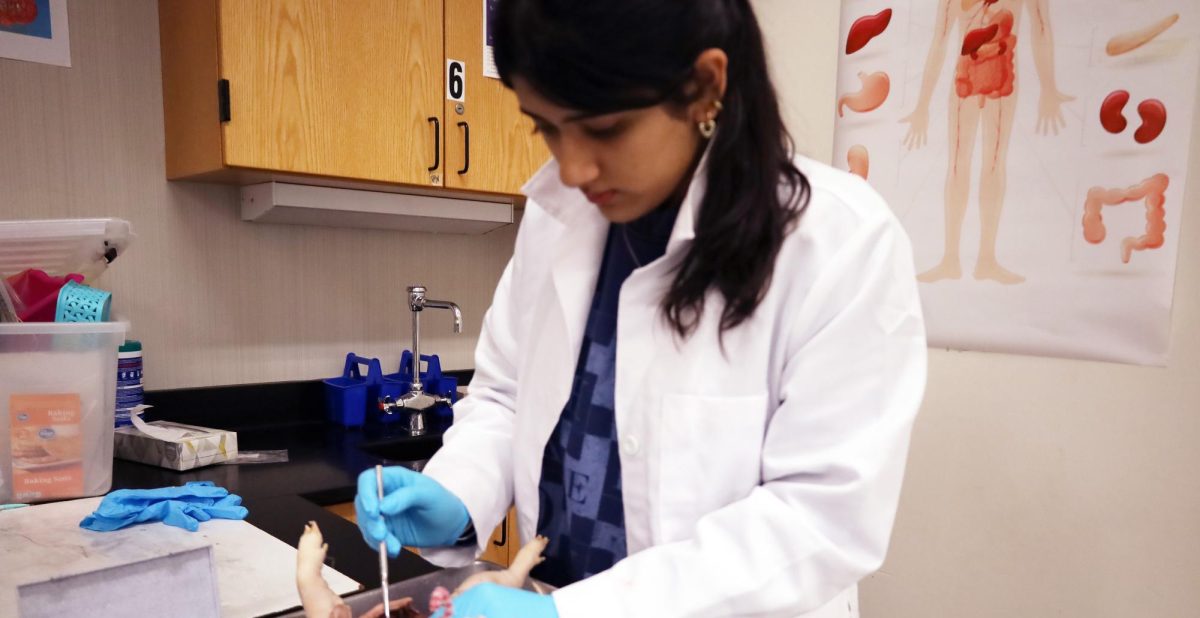












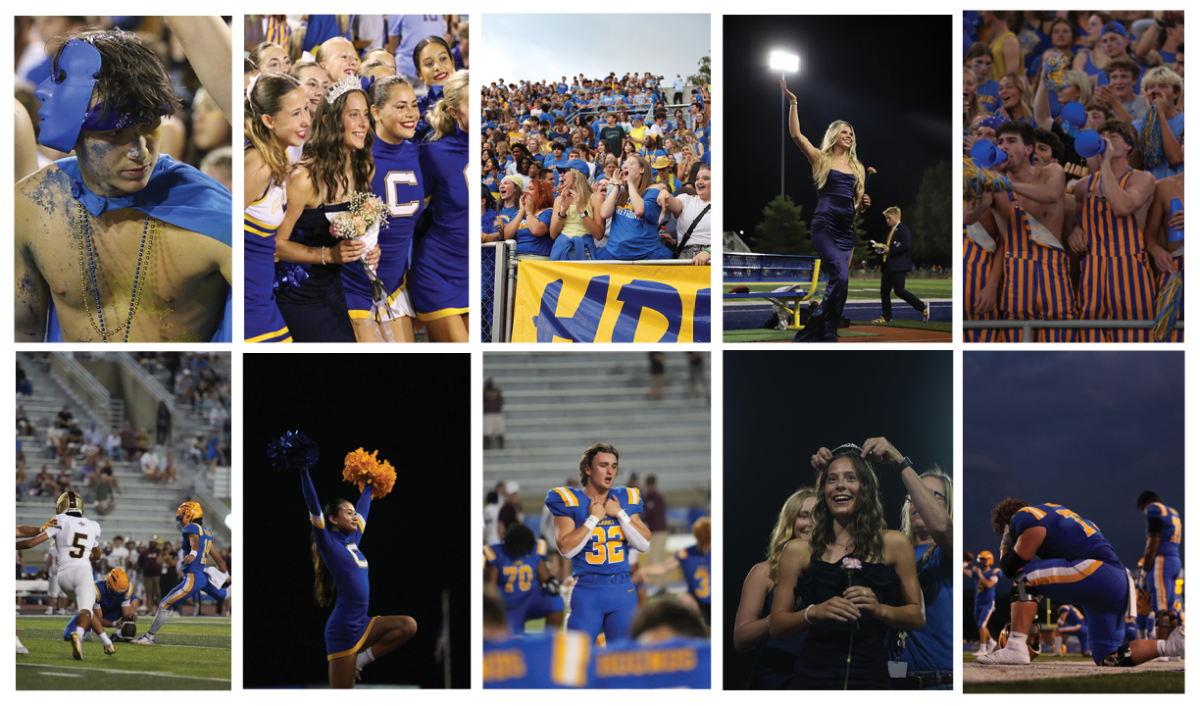




















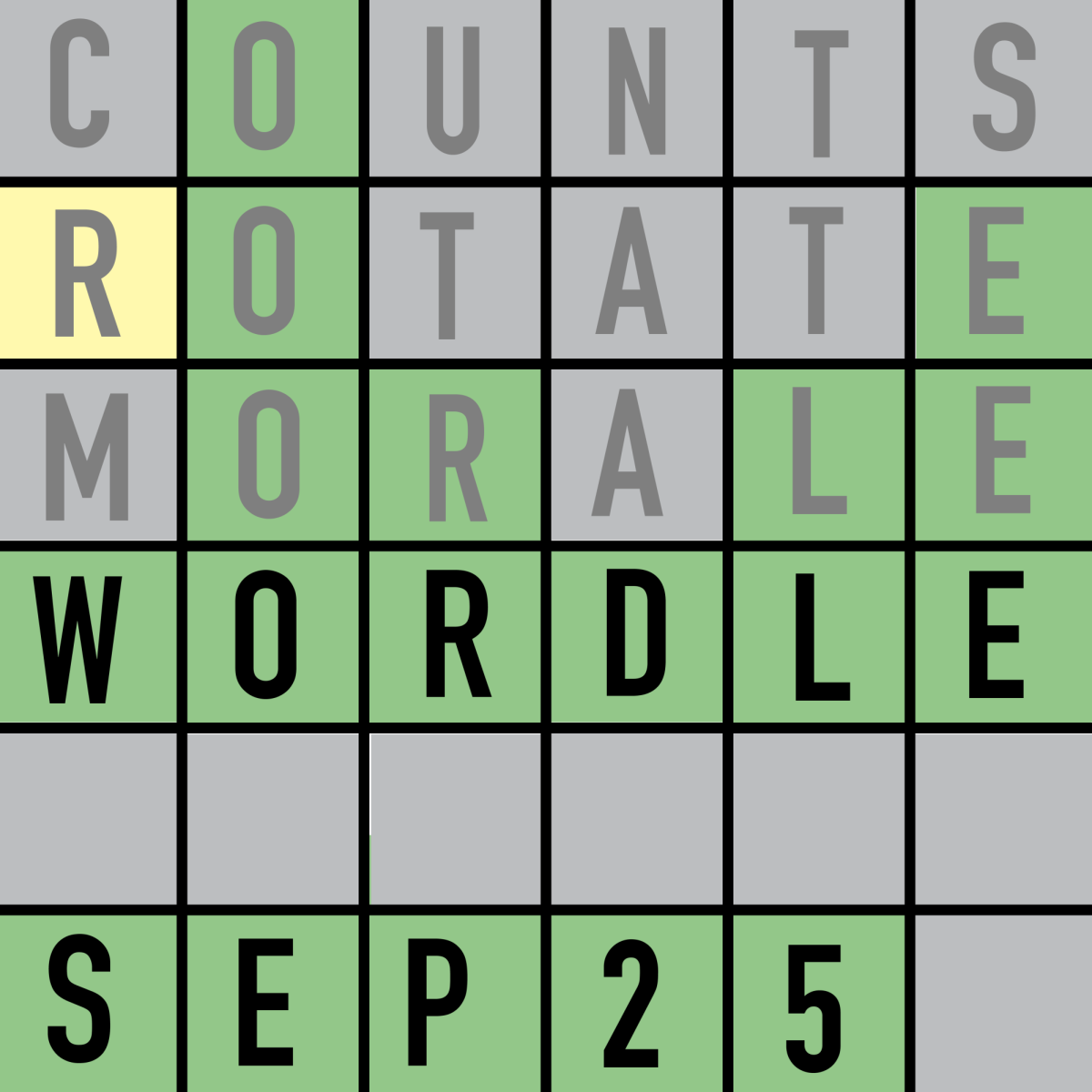





![Review: Indy Scream Park is a perfect level of spook to kickstart the Halloween season [MUSE]](https://hilite.org/wp-content/uploads/2024/11/IMG_1383.jpg)
![Review: “Saturday Night” is a chaotic and thrilling look at the origins of “Saturday Night Live” [MUSE]](https://hilite.org/wp-content/uploads/2024/10/snl-1200x800.jpg)
![Review: “Megalopolis” is a bold, bewildering mess [MUSE]](https://hilite.org/wp-content/uploads/2024/10/MV5BYTk3MjUzMGItYmU1NC00M2YyLThmNDMtNDI4NjkxNjgzMjQzXkEyXkFqcGdeQXRyYW5zY29kZS13b3JrZmxvdw@@._V1_-1200x675.jpg)
![Review in Print: Maripaz Villar brings a delightfully unique style to the world of WEBTOON [MUSE]](https://hilite.org/wp-content/uploads/2023/12/maripazcover-1200x960.jpg)
![Review: “The Sword of Kaigen” is a masterpiece [MUSE]](https://hilite.org/wp-content/uploads/2023/11/Screenshot-2023-11-26-201051.png)
![Review: Gateron Oil Kings, great linear switches, okay price [MUSE]](https://hilite.org/wp-content/uploads/2023/11/Screenshot-2023-11-26-200553.png)
![Review: “A Haunting in Venice” is a significant improvement from other Agatha Christie adaptations [MUSE]](https://hilite.org/wp-content/uploads/2023/11/e7ee2938a6d422669771bce6d8088521.jpg)
![Review: A Thanksgiving story from elementary school, still just as interesting [MUSE]](https://hilite.org/wp-content/uploads/2023/11/Screenshot-2023-11-26-195514-987x1200.png)
![Review: "When I Fly Towards You", cute, uplifting youth drama [MUSE]](https://hilite.org/wp-content/uploads/2023/09/When-I-Fly-Towards-You-Chinese-drama.png)
![Postcards from Muse: Hawaii Travel Diary [MUSE]](https://hilite.org/wp-content/uploads/2023/09/My-project-1-1200x1200.jpg)
![Review: "Ladybug & Cat Noir: The Movie," departure from original show [MUSE]](https://hilite.org/wp-content/uploads/2023/09/Ladybug__Cat_Noir_-_The_Movie_poster.jpg)
![Review in Print: "Hidden Love" is the cute, uplifting drama everyone needs [MUSE]](https://hilite.org/wp-content/uploads/2023/09/hiddenlovecover-e1693597208225-1030x1200.png)
![Review in Print: "Heartstopper" is the heartwarming queer romance we all need [MUSE]](https://hilite.org/wp-content/uploads/2023/08/museheartstoppercover-1200x654.png)




